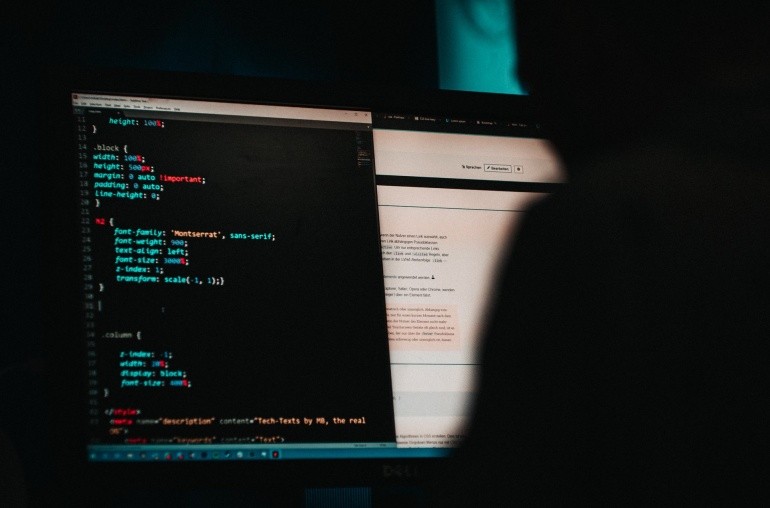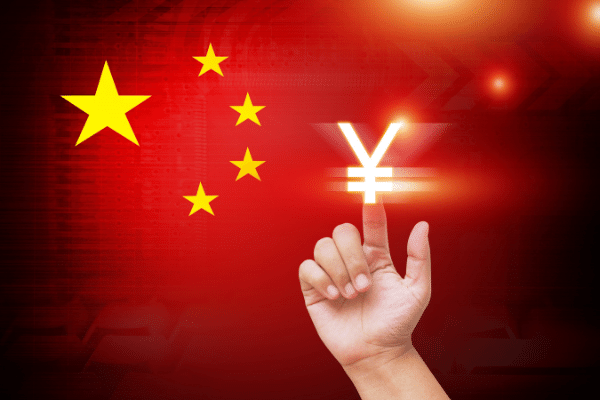
- February’s price increases mark a fresh high, with the fastest annual increase since January 1982.
- Monetary policy is a blunt tool with which to reign in price pressures, and hiking rates by as much as 0.50% at subsequent policy meetings could be the last straw on the camel’s back that pushes the U.S. economy into recession.
Even during normal times, being a central bank policymaker is challenging, but in these abnormal times, it can be almost impossible.
While few had any doubt that U.S. inflation numbers would be set to rise, helped in no small part by the ongoing Russian invasion of Ukraine roiling energy and commodity prices, the bigger doubt lies with what the U.S. Federal Reserve will do about it.
Although much of the U.S. inflation in recent months could have been attributed to supply chain issues, with the price of used vehicles contributing to solid price pressures, the war in Ukraine has complicated matters by spilling over inflation to the price of food and fuel.
Combined, Russia and Ukraine produce significant amounts of the foods and fuels as well as metals, that the world relies on and that has seen the U.S. Consumer Price Index (CPI) increase another 0.8% in February, to 7.9%, following a smaller increase of 0.6% in January this year.
Given that Russia only invaded Ukraine in the last week of March and was canceled from the global economy thereafter, the full effect of excluding the country’s resources from global markets will only really be felt this month and are likely to show up in the inflation reading taken next month.
February’s price increases mark a fresh high, with the fastest annual increase since January 1982.
Even when food and energy prices were stripped out, so-called “core” CPI jumped by 6.4% or 0.5% month-to-month.
The latest report captured just the final week of February, when Russia launched a full-scale invasion of Ukraine and Western allies retaliated with punitive financial sanctions and therefore are unlikely to reflect the full extent of their impact.
With the war wearing on in Ukraine, a prolonged crisis could not only dent growth, but also further entrench inflationary pressures that have already begun to take root across a broad swathe of the U.S. economy, leading to concerns of stagflation (high inflation, low or negative growth).
For now, bets are that the U.S. Federal Reserve will proceed with its largely expected 0.25% interest rate hike this month, and likely move the federal funds rate close to a neutral level that neither aids nor constrains economic activity, estimated at around 2% to 2.5%.
But the risks of policy error are higher than ever before.
As it is, monetary policy is a blunt tool with which to reign in price pressures, and hiking rates by as much as 0.50% at subsequent policy meetings could be the last straw on the camel’s back that pushes the U.S. economy into recession.



